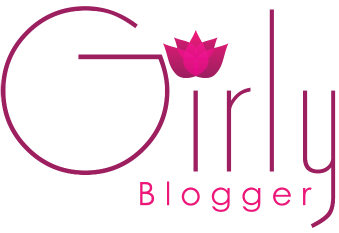2017 saw a wave of brand failures, counter-intuitive marketing moves, and image-marring ads make the headlines. Some big brands, attempting to up their game and boost sales, did the direct opposite and hurt their image.
The year showed just how reactive and sensitive customers (and the public) can be to offensive-looking branding and advertising ideas. The flurry of bloopers highlighted the need for marketing ideas to go through thorough consultation and have a contingency plan before making it out to the public as more businesses get to grips with the range of platforms on offer.
Here are some of the gaffes made by big brands in 2017 that dominated the headlines and social media, and the lessons to learn from them.
Uber barked up the wrong tree
2017 was a particularly low year for the taxi company both in the US and UK. In January, Uber made a move that seemed like it was taking advantage of a protest organised by the New York Taxi Workers against the Trump immigration ban on a number of muslim countries by slashing fare prices. The public, especially Uber customers, wouldn’t take any of that. The company suffered a serious backlash and a campaign to delete the app on social media.
In the latter months of the year, another setback occurred. Transport for London, the city’s transport regulator, stripped uber of its license to operate in the city due to a number of shortcomings on the part of the company as it was deemed ‘not fit and proper’ to have the license.
Co-op’s sore ad
The supermarket chain released an ad for its Fairtrade Easter eggs in national newspapers with wordings that looked to defy the Fairtrade gender equality principle.
The ad read “Be a good egg. Treat your daughter for doing the washing up.” and came under fire for demonstrating sexism. Although the wordings were later changed, the damage had already given the supermarket chain a brief ugly reputation.
Dove’s wrong idea for body image
Dove has always been identified by its positive body image campaigns. But took it a notch too far when it rolled out a new campaign that put a dent on the reputation it has worked so hard and so smart to build over the years.
The Real Beauty campaign featured seven Dove-branded plastic body-wash bottles with different shapes. Each of which roughly mirrored a female body-type. The ad campaign looked to drive its message with different expressions like “There is no one perfect shape”, “Beauty comes in all shapes and sizes”, and “Real beauty breaks molds”. While the intentions looked good on paper, in real life, it seemed offensive as the move backfired and looked to ruin the body image of Dove.
The takeaways
While businesses don’t set out to draw ire and spark criticism, these could happen inadvertently. If you’re setting out to make an advertising campaign, especially one that might touch on ideals, it’s a no-brainer that you should tread with extreme caution.
First, you should understand your brand audience, the standards of their ideals and morals, religious footing (know how to be appropriate here), and even political sentiments. Getting a media insurance backing could help cover you when you’re caught off-guard as well.











Comments are closed.